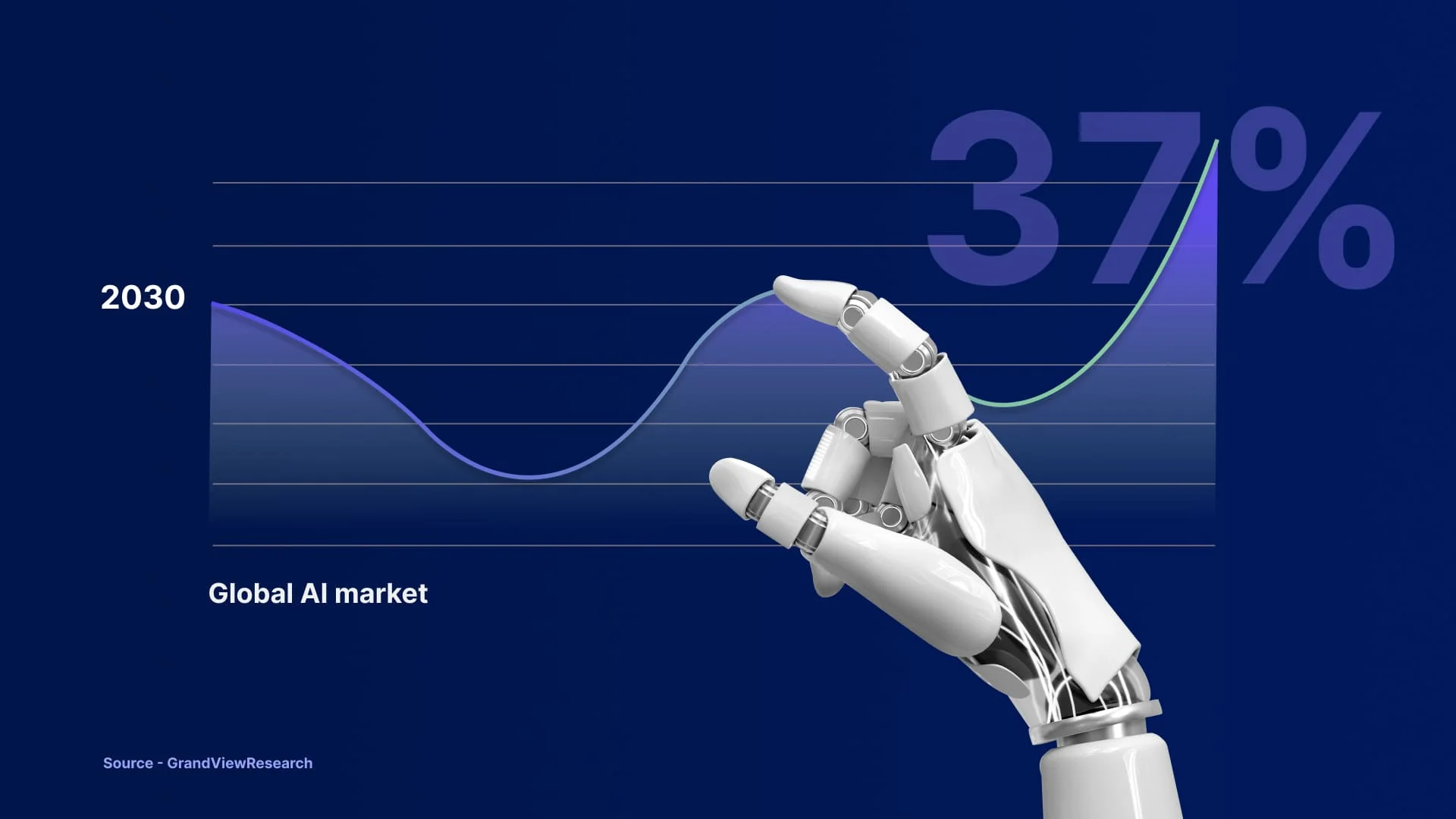The Power of Data Visualization Using Tableau
Data insights for unparalleled experiences How SUNDEW brings innovation to all projects
Data analytics stands as a dynamic force, profoundly influencing both businesses and their interactions with customers. This transformative tool enhances customer understanding and provides insights into internal operations, fostering improved employee performance.
The strategic use of data insights has become a linchpin for businesses aiming to enhance user experiences and drive success.
Here is a quick look into the transformative role of data insights and how they contribute to helping service providers like Sundew craft unparalleled experiences and innovation in every offering.
How important are data insights to improving user information?
The first step to bringing innovation to every venture is understanding what the user wants. Before proceeding to the actual application of data in carving project innovation, it’s important to first understand how analytics affect the various operational processes involved.
Understanding User Behavior:
Data science and analytics serve as a potent lens, empowering businesses to gain profound insights into user behavior. By analyzing patterns and preferences from raw data, organizations can tailor their offerings to meet the unique needs of their audience.
Personalization Strategies:
Big data insights form the backbone of successful personalization strategies. From e-commerce to content recommendations, businesses can effectively implement data-backed personalization to create meaningful connections with their users, driving engagement and loyalty.
Business Intelligence and Decision-Making:
Beyond customer insights, data analytics provides a profound understanding of internal operations. The data analytics lifecycle encompasses crucial steps, ensuring a systematic evaluation of unstructured data. From gathering and preparing to modeling, analyzing, and visualizing data, each stage contributes to extracting business intelligence insights and enhancing decision-making capabilities. Real-time customer insights analytics is spotlighted for its contribution to agile business strategies, allowing companies to pivot swiftly based on market trends.
Optimizing Operations:
Organizations can achieve reduced inefficiencies and cost reduction by streamlining processes, and fostering a culture of continuous improvement through data analytics, leading to increased revenue generation at the same time.
Enhancing User Engagement:
Insights fuel targeted and effective marketing campaigns. Businesses can leverage fresh data collected from users to create personalized and impactful marketing strategies that resonate with their target audience.

How does data analytics improve user experience?
In the realm of user-centricity, it's important to understand what kind of data is needed to improve customer experience as the cornerstone for transformative improvements. Sundew prioritizes improving customer journey by harnessing the power of insights in the following aspects.
1. Data-Driven Decision-Making:
Embracing big data and analytics means making informed decisions, backed by insights derived from customer behavior and market dynamics. Meeting evolving customer needs by constantly improvising and adapting products and services is a direct outcome of data-driven analytics and decision-making.
2. Customer Experience Analytics:
Leveraging customer experience analytics through machine learning helps refine targeting, personalization, and offers, creating tailored user experiences imperative for any business aiming to stay ahead in the competitive landscape and foster lasting engagement.
3. Data Organization and Quality Assurance:
Data analysts organize and curate information, ensuring its quality and accuracy. Utilizing technological know-how, data is processed and presented in formats that facilitate improved decision-making across various levels of the supply chain.
4. Data Extraction and Cleaning Processes:
Automation technology is employed to extract a high volume of data from primary and secondary sources. The meticulous elimination of corrupt data, resolution of code issues, and rearrangement into legible formats form the bedrock of effective data systems.
5. Identifying Opportunities for Growth:
Data analytics unveils growth opportunities by examining sales numbers, market trends, and consumer behaviors. Targeted marketing campaigns, driven by data insights, become avenues for revenue generation and sustainable business growth.
6. Approaches for Enhanced Engagement:
Data analytics can be utilized to segment customers based on demographics, behavior, and feedback. Measurement and enhancement of customer loyalty and satisfaction through strategic data-driven approaches. Mapping and refining customer journeys and touchpoints across channels, ensuring a seamless and delightful experience.

Exploring Essential Data Analytics Tools for Enhanced Insights
The discussion of data collection to improve user experience and engagement remains incomplete without mentioning the key tools that facilitate the effective leveraging of data for actionable insights. These tools offer unparalleled insights, helping organizations track marketing campaign success, enhance operational efficiency, and refine product development strategies for enhanced user-centric practices.
1. Customer Relationship Management (CRM) Software:
A CRM software manages customer relationships across various touchpoints, including emails, phone calls, and online interactions. Its robust reporting capabilities enable a quick assessment of channel performance against goals or KPIs.
2. Social Media Analytics:
This analytics tool acts as a data insights platform offering access to customer interactions on social media platforms like Facebook or Instagram. Tools offering social media analytics also employ sentiment analysis to assess text content found in online messages, such as blog comments or tweets, and provide valuable insights into customer perceptions, allowing organizations to gauge sentiment towards their brand.
3. Web Analytics:
Platforms offering web analytics generate a detailed view of visitor origins within the site and their activities, enabling optimization of advertising campaigns. Using these tools facilitates data-driven decisions by understanding user behavior on the website.
Data Insights Trends to Tap Into in 2024
From AI-driven insight analytics to the integration of data from diverse sources, the future landscape of data-driven decision-making looks highly promising.
Organizations looking to adapt to the digital transformation wave should consider making the most out of the following data insight trends to stay ahead of the curve this year and in the times ahead.
1. AI-Powered Data Analytics:
- Artificial intelligence in data warehouse enhances data visualization and analysis, improving human data handling.
- Advanced algorithms lead to actionable insights and faster, flexible decisions, boosting productivity.
- GrandViewResearch predicted 37% growth in the global AI market size by 2030.
2. Metadata-Driven Data Fabric:
- System isolates information from metadata, reducing data management tasks by 70%.
- Example: City of Turku integrated fragmented data assets, reducing time to market by two-thirds.
- Expected increase in global market usage between 2023 and 2030.
3. Edge Computing:
- Processing data at the network periphery for quick decision-making.
- Moves data storage to its source, improving data management and generating business opportunities.
- Valuable in enhancing digital experiences and reducing operational costs.
4. Augmented Analytics:
- AI and ML enhance human interaction with contextual-level data.
- Supports human intelligence, speeds up tasks, and eliminates errors.
- Fortune Business Insights Predicted Augmented Analytics Market Size to reach USD 66.54 billion globally by 2030.
5. Natural Language Processing (NLP)
- Plays a crucial role in human-computer interaction.
- Assists in finding, assessing, and processing large amounts of data from natural language.
- In demand for functions like sentiment analysis, chatbots, and language translation in the global market.
Data analytics emerges not just as a tool for deciphering customer behavior but as a strategic asset with far-reaching implications. The impact ripples through revenue channels, internal workflows, and the overall quality of customer interactions, positioning data insights as an indispensable force in shaping the present and future landscape of customer experience.
Email us or Talk to us at +91-98367-81929 or Simply Contact Us through the website.
Let's Connect












